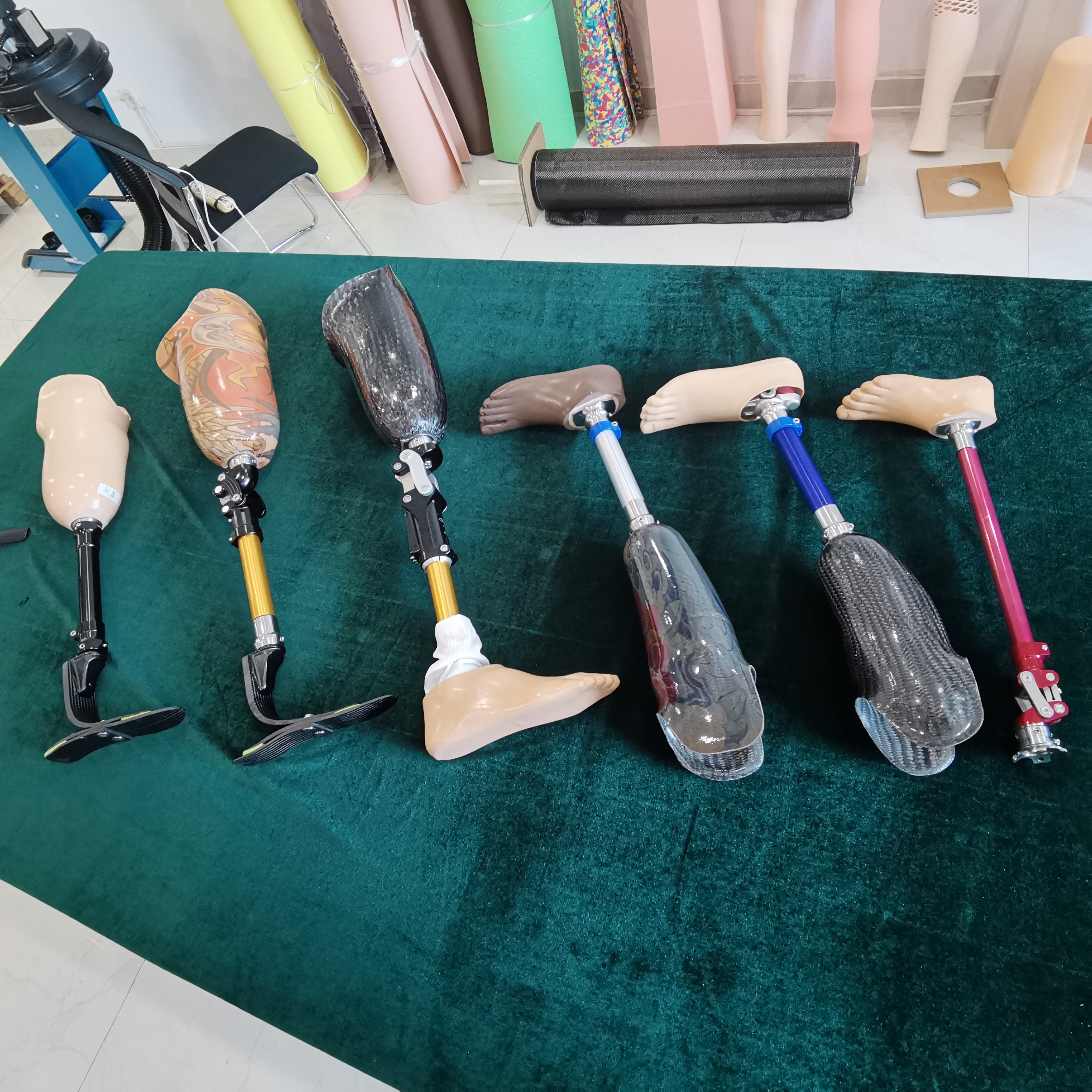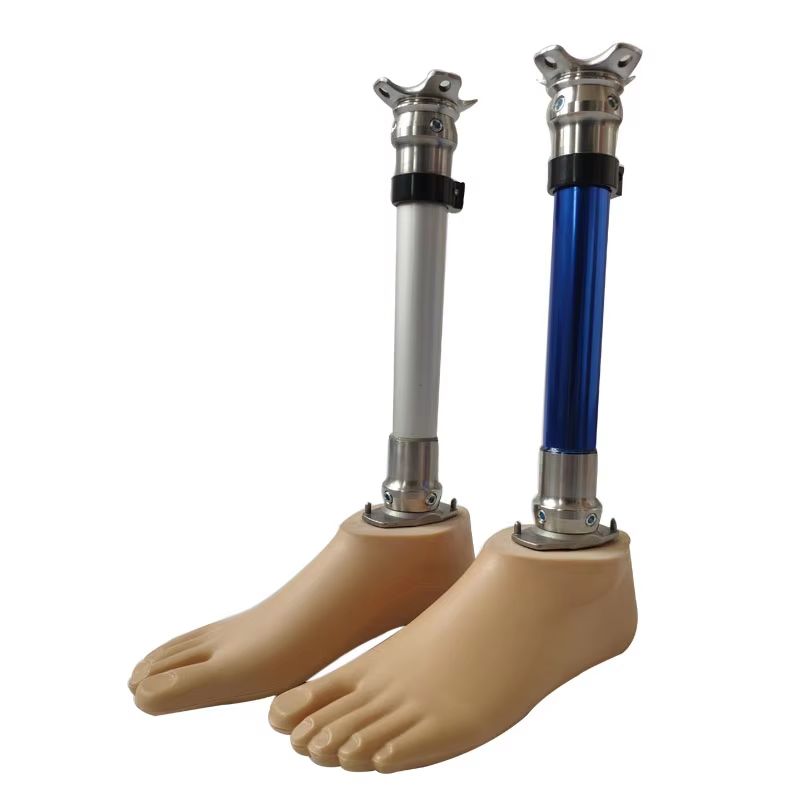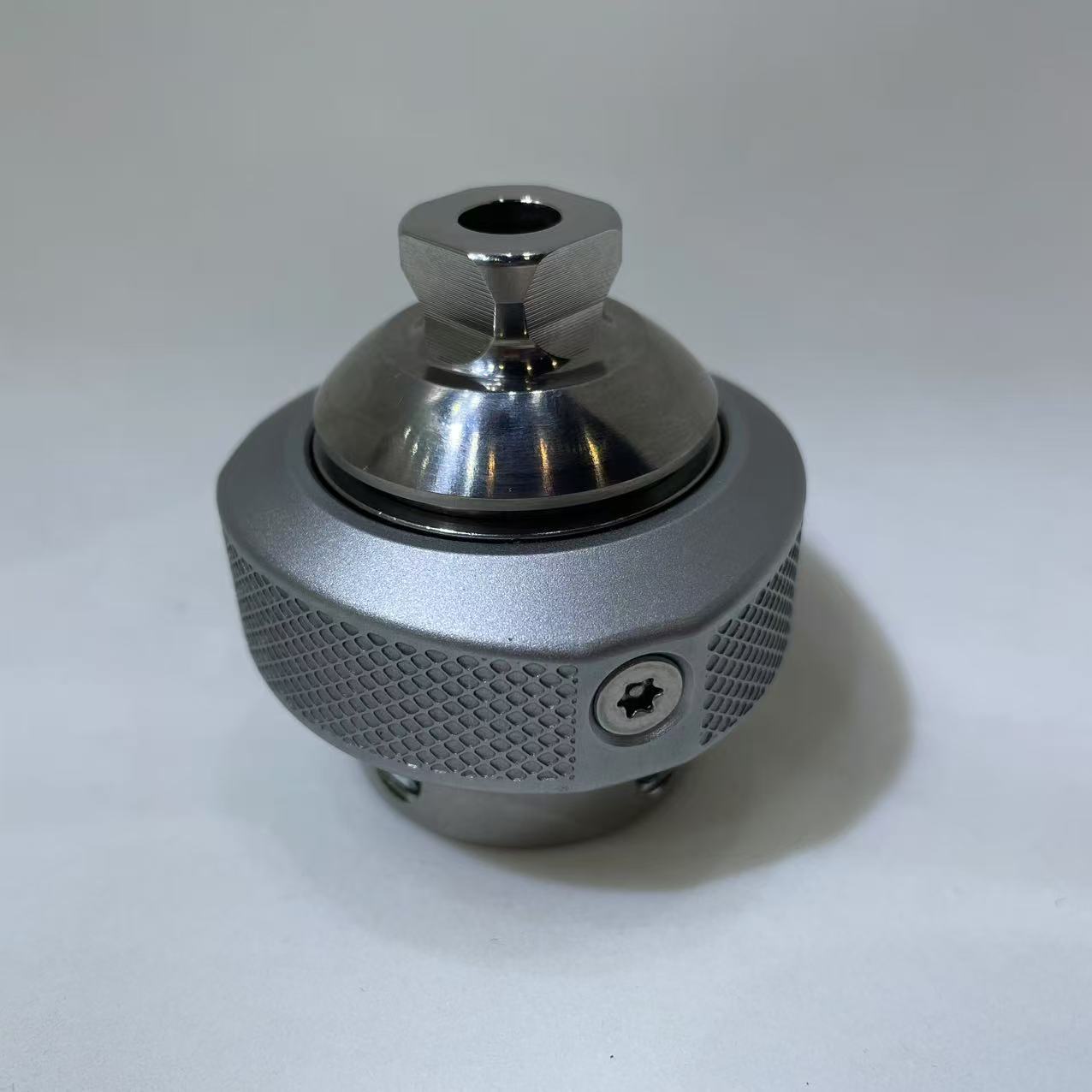Success Stories: Empowering Lives with Artificial Ankle Joints
Release Time:
Apr 13,2025
Success Stories: Empowering Lives with Artificial Ankle Joints Table of Contents 1. Understanding Artificial Ankle Joints 2. The Evolution of Ankle Replacement Surgery 3. The Importance of Patient Stories 4. Inspiring Success Stories 4.1 A New Lease on Life: John's Journey 4.2 Overcoming Challenges: Sarah's Story 4.3 Back to Nature: Mar
Success Stories: Empowering Lives with Artificial Ankle Joints
Table of Contents
- 1. Understanding Artificial Ankle Joints
- 2. The Evolution of Ankle Replacement Surgery
- 3. The Importance of Patient Stories
- 4. Inspiring Success Stories
- 5. The Role of Rehabilitation in Success
- 6. Expert Insights on Artificial Ankle Joints
- 7. Frequently Asked Questions (FAQs)
- 8. Conclusion
1. Understanding Artificial Ankle Joints
Artificial ankle joints, also known as total ankle replacements (TAR), are advanced medical devices designed to replace damaged or arthritic ankle joints. They provide individuals suffering from chronic pain the opportunity for improved mobility and a better quality of life. This surgical option is increasingly becoming a common solution for those who have exhausted conservative treatment methods, proving to be a significant innovation in orthopedic medicine.
The artificial joint typically consists of a metal and plastic construct that mimics the natural motion and function of a healthy ankle. Over the years, technological advancements have enhanced the design and materials used in creating these implants, allowing for better patient outcomes and longevity.
2. The Evolution of Ankle Replacement Surgery
The journey of ankle replacement surgery began in the late 20th century, primarily as a response to the growing number of patients suffering from debilitating ankle conditions. Initially, the procedures had mixed results, leading to a cautious approach in the medical community. However, with ongoing research and development, the field has evolved significantly.
Modern techniques now utilize minimally invasive methods, which reduce recovery time and surgical complications. Improved implant designs have led to more durable and effective results, allowing many patients to return to their daily activities and hobbies that were once too painful to enjoy.
3. The Importance of Patient Stories
Patient stories are essential in understanding the impact of artificial ankle joints. They offer real-life perspectives that can empower and guide potential candidates considering this surgical option. By sharing their experiences, patients can inspire others facing similar challenges, illustrating the resilience of the human spirit and the potential for recovery.
These narratives often highlight the emotional journey alongside the physical transformation, shedding light on the psychological benefits of improved mobility and reduced pain.
4. Inspiring Success Stories
4.1 A New Lease on Life: John's Journey
At 58, John had been living with severe ankle arthritis for over a decade. The pain had become unbearable, limiting his ability to participate in family activities and hobbies such as hiking and biking. After much consideration, John opted for an artificial ankle joint.
Post-surgery, John experienced an incredible transformation. With diligent physical therapy and a positive mindset, he regained full mobility within months. Today, he proudly shares his success story, stating, "I feel like I've gotten my life back. I can hike with my family again, something I thought I would never do!"
4.2 Overcoming Challenges: Sarah's Story
Sarah, a 45-year-old athlete, faced a devastating setback when a sports-related injury led to chronic ankle pain. After exhausting all non-surgical options, she decided to undergo ankle replacement surgery. Initially, she encountered challenges during her recovery, including stiffness and frustration.
However, with the support of her orthopedic team and a tailored rehabilitation program, Sarah persevered. She eventually completed a half-marathon just a year after her surgery, proclaiming, "This journey taught me resilience. I don't just run; I run with purpose now!"
4.3 Back to Nature: Mark’s Experience
Mark, a nature enthusiast and environmentalist, was devastated when he could no longer hike due to his ankle issues. After opting for an artificial ankle joint at 62, he embraced the journey wholeheartedly. His successful surgery and subsequent recovery allowed him to return to his passion of exploring the great outdoors.
Mark's story is a testament to the healing power of nature combined with modern medicine. "Every hike feels like a victory," he shares, "and I’m grateful for the technology that helped me get back to what I love most."
5. The Role of Rehabilitation in Success
Rehabilitation plays a pivotal role in the success of artificial ankle joint surgeries. Patients must engage in a comprehensive physical therapy program tailored to their needs. This program typically focuses on improving strength, flexibility, and balance.
Effective rehabilitation not only facilitates recovery but also enhances the overall effectiveness of the artificial joint. Many patients find that their commitment to rehabilitation directly influences their long-term outcomes.
6. Expert Insights on Artificial Ankle Joints
Orthopedic surgeons emphasize the importance of a thorough pre-operative evaluation. This process helps to identify the best candidates for artificial ankle joint surgery. Factors such as age, activity level, and overall health must be assessed to ensure optimal outcomes.
Surgeons also recommend setting realistic expectations prior to surgery. While many patients achieve significant pain relief and mobility, adherence to post-surgical care and rehabilitation is crucial for maximizing the potential benefits of the artificial joint.
7. Frequently Asked Questions (FAQs)
What is an artificial ankle joint?
An artificial ankle joint is an orthopedic device designed to replace the damaged or arthritic ankle joint, allowing for improved mobility and reduced pain.
How long does recovery take after ankle replacement surgery?
Recovery times vary by individual, but many patients can expect to regain significant mobility within three to six months with proper rehabilitation.
Are there any risks associated with ankle replacement surgery?
As with any surgery, there are risks involved, including infection, blood clots, and implant failure. Discussing these risks with a healthcare provider is essential.
How long do artificial ankle joints last?
Modern artificial ankle joints can last 10 to 20 years, depending on various factors such as a patient's activity level and adherence to rehabilitation protocols.
Can I return to sports after ankle replacement?
Many patients return to low-impact sports after recovery, but high-impact activities may be discouraged. It's essential to have a discussion with your orthopedic surgeon about your specific goals.
8. Conclusion
Artificial ankle joints have transformed countless lives, offering renewed hope and mobility for individuals suffering from chronic ankle pain. Through inspiring success stories such as those of John, Sarah, and Mark, we see the profound impact that this medical technology can have on quality of life.
As the field of orthopedic medicine continues to evolve, we celebrate the resilience and determination of patients who choose to embrace change. With proper support, rehabilitation, and advanced medical solutions, the journey toward recovery becomes a powerful testament to the human spirit. Embracing an artificial ankle joint may well be the first step toward regaining not just mobility, but a fulfilling life filled with possibilities.
Keywords:
You Can Also Learn More About Industry Trends







